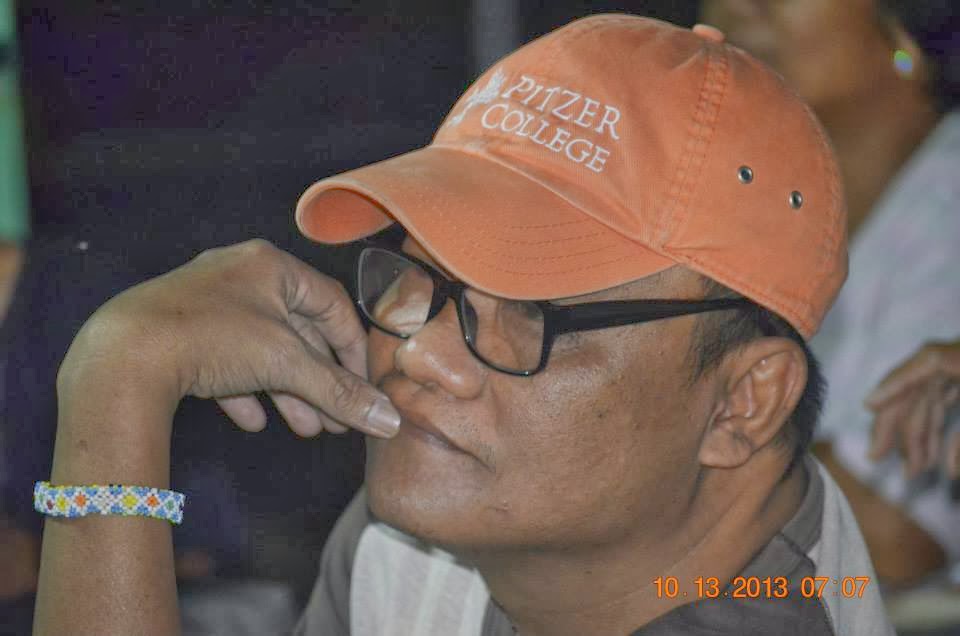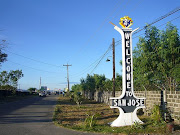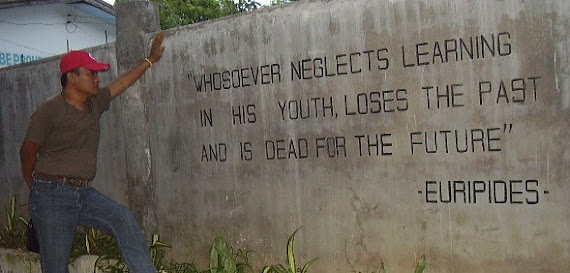The new bishop’s motto is very challenging. In his Episcopal Coat of Arms, these Latin words are inscribed: Animam Meam Pono Pro Ovibus. (I lay down my life for the sheep). This was taken from the Story of the Good Shepherd, John 10:15.
Thank you, Lord, for this gift. We have now a full-time shepherd!
Each bishop has his own coat of arms that bears his episcopal motto — usually a quote from Scripture — and symbols that have some personal significance to the man. These coats of arms are used on documents, letterhead, and other items.
Eight days after his episcopal ordination, Most Rev. Pablito Martinez Tagura, SVD, DD, was formally installed in his ecclesiastical office by Archbishop Charles Brown, Apostolic Nuncio to the Philippines, today, February 25, 2022, 37th anniversary of the EDSA People Power Revolution.
Finally after almost 8 years of having no apostolic vicar, the Apostolic Vicariate of San Jose de Mindoro (AVSJ), Bishop Tagura was installed via a solemn eucharistic celebration held at San Joseph the Worker Cathedral in San Jose, Occidental Mindoro. The 61-year-old prelate was appointed by Pope Francis to his new office last December 17, 2022.
Bishop Tagura was born on Jan 15, 1962 in Tayum, Bengued. His birthday falls on the death day of Saint Arnold Janssen, founder of SVD. Tagura joined Christ the King Mission Seminary in Quezon City in 1978. He professed
his first vows on June 6, 1982, and his final vows on May 31, 1988. He was
ordained priest on December 17, 1988. He served as Rector of Christ the King
Seminary and Provincial Admonitor of SVD’s Philippine Central Province.
The good bishop is a scholar. In 1997, he studied at Marquette University in Milwaukee, Wisconsin, US, and was a guest professor at Divine Word College, Epworth, Iowa, USA.
With the seat vacant, Bishop David William V. Antonio was officially installed on February 12, 2016, as the administrator of AVSJ and he took full charge of the local church as mandated by the Roman Pontiff until this very moment that the seat for the Vicar Apostolic is already occupied. Bishop Antonio kept the fire of faith burning, so to speak, for 7 years.
While waiting for the holy mass to start, somebody from a religious organization recognized and approached me and led me to the reserved pew for government officials. I hesitated at first but because of her insistence knowing that I am the municipal administrator of Sablayan, I followed her. I sat at far back where Cong. Odie Tarriela, Gov. Ed Gadiano, and Fr. Bel San Luis, SVD (whom I asked for a selfie when the mass ended for I read his Manila Bulletin column) are seated. Sablayan First Councilor Clarinda Alvarez-Lorenzo was beside me. Included in the row are Vice-Mayor George Oriero of Calintaan and SB Tom Janolo, also of said town, with SP Alex Del Valle who is near the aisle.
Mayor Lyn Tria and former San Jose Vice Mayor Roderick Q. Agas are seated behind me. Rod tapped my shoulder and said, “Seems you truly missed church events like this. You are so silent.” I smiled at him, nodded, and said, “I am.” Agas and I were former lay workers of the Apostolic Vicariate of San Jose under the late bishops Vicente C. Manuel, SVD, DD, and Antonio P. Palang, SVD, DD. I worked as the program coordinator of the Diocesan Human Development Commission, also known as the Human Development Office (HDO), the social action arm of the Vicariate from 1990 to 2010. VM Agas who served as a board member of the 2nd District of the province and was later elected as vice-mayor of San Jose until 2022, once worked with the Vicariate-owned radio station DZVT, part of her social communication apostolate. Bokal Alex, a broadcast journalist by profession, was also with VM Rod at DZVT in the 90s.
Truth is, I am silently reflecting on the Gospel today while the new bishop is rendering his homily. Three times Jesus told Peter: “Feed my lambs, feed my sheep”, thus Peter became a new person with a new mission. Not unlike me when I transfered to government service from being a pastoral worker of the vicariate. In my moment of reflection, I presume the Good Shepherd would like to say this: “You Peter will now be in charge of my sheep but I want to emphasize that they are MY sheep. I am not giving you a sheep of your own. They are mine.” Peter, like me, is not the main shepherd but just the administrator. Even those who lead a government office have no people neither office of their own.
Jesus is the shepherd who laid his life for the sheep, that they might keep theirs. Bishop Pablito M. Tagura knows for sure how challenging and demanding this job is, especially with the very turbulent road we have gone through.
But Jesus has heralded him on this road.
----
(Photo from San Jose MIO)


.jpg)




